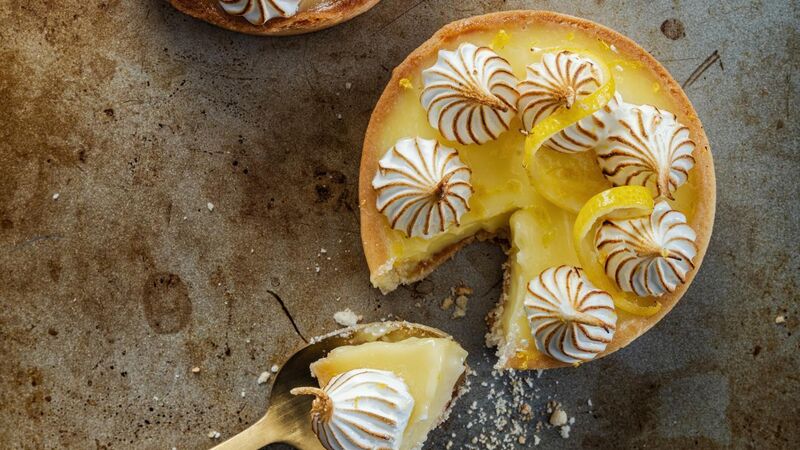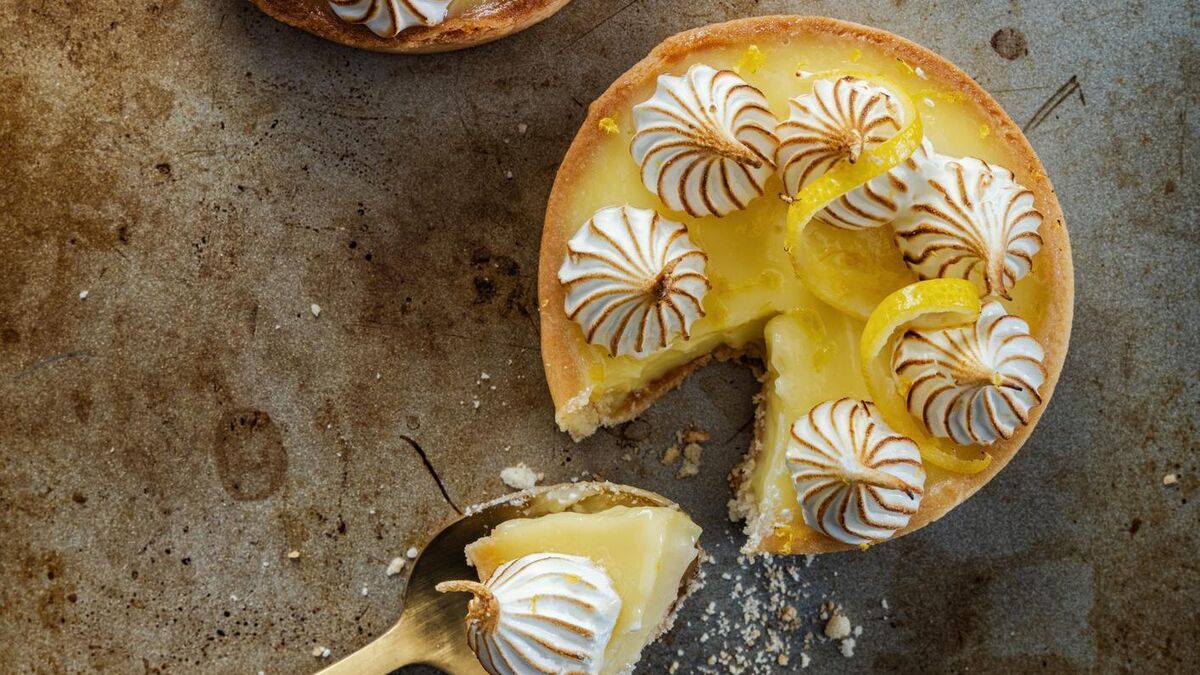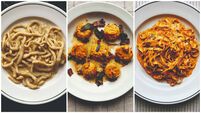Michelle Darmody: How to bake a lemon meringue pie — and the mistakes to avoid

Pic: iStock
This pie can be made with or without the meringue. I like to choose an option in between and pipe some meringue swirls on top but not cover the lemon completely. I find this is a nice ratio of sweet to tart.
A blow torch is the easiest way to crisp up the meringue topping, and it also works nicely to crisp up the lemon if you do decide not to add the meringue and to create a simpler lemon tart.
Blow torches are easy enough to find in baking shops or online. If you do not have access to a torch, you can heat a grill to high and carefully place the tart under it for about two or three minutes.
You can keep an eye on it and remove the tart earlier or leave it a little longer if the tips of the meringue are not turning golden.
If you can get your hands on unwaxed lemons, they are preferable. If not, I would advise dropping the lemons into quite hot water and rubbing the skin with a tea towel before zesting. This should take off the wax coating.
Lemon Meringue Pie
This pie can be made with or without the meringue. I like to choose an option in between and pipe some meringue swirls on top but not cover the lemon completely.

Servings
10Preparation Time
20 minsCooking Time
55 minsTotal Time
1 hours 15 minsCourse
BakingIngredients
pastry:
140g cold butter, cubed
a pinch of fine sea salt
225g plain flour, sieved
60g golden caster sugar
1 egg, lightly beaten
lemon filling:
6 eggs
250g golden caster sugar
200mls double cream
juice 5 lemons, zest 3 lemons
meringue topping:
2 egg whites
100g golden caster sugar
1 tsp cornflour, sieved
Method
Add the salt to the sieved flour and stir them together in a large bowl. Add the small cubes of butter and rub them into the flour until it looks like rough breadcrumbs.
Stir the sugar into the egg to dissolve it slightly and add this to the flour mixture until it comes together as a dough.
Wrap the pastry dough in baking parchment and place into the fridge to firm up for about two hours.
After two hours grease and flour the sides of a 9-inch loose based tart case and line the base with parchment. Preheat your oven to 190ºC/gas mark 5.
To make the filling lightly whisk the eggs and the sugar until well combined. Whisk in the cream and the lemon zest and juice. Set aside.
Roll out the pastry to about three millimetres in thickness. Roll it into a disc a few cm larger than your tart tin and gently nudge it into the tin. Do not stretch the pastry. Prick the base all over with a fork. Put a disc of parchment paper into the tart case and fill this with baking beans.
Bake the tart case blind for 14 minutes until the edges are just starting to colour.
While it is baking, pour the filling through a sieve and then into a jug. Bang the jug on a countertop a few times to get rid of any air bubbles.
Remove the beans and parchment and bake the case for a further five minutes until it startsm to turn golden.
Lower the oven temperature to 140ºC/gas mark 1.
Gently take the tart out of the oven and fill it from the jug. Place it back in and bake the filling for 35-40 minutes until the top is set.
While it is baking you can make your meringue. Break and separate the eggs one at a time making sure that you do not get any yolk in the whites. Whisk the whites until they foam and add half of the sugar a tablespoon at a time, whisking to combine them well after each addition. Whisk in the sieved cornflour then repeat the same with the rest of the sugar. The mixture should be smooth and thick, and form peaks easily.
Add the meringue to a piping bag and pipe some swirls onto your tart while the filling is still warm. Use a blow torch to brown the top of the meringue and the lemon too if you like a crisp finish.
- The cornflour is added to the meringue for stability, and it also absorbs moisture which helps the meringue to firm up and retain its shape.
- Fresh eggs make a more stable meringue. While older egg whites will tend to whip up well to begin with, they can then collapse when other ingredients are added, and they do not rise as well in the oven.
- If you would like to cover the entire tart with meringue double the meringue ingredients and follow the same instructions. When you are smoothing the meringue over the lemon filling, make sure it connects with the crust as this will help to keep the meringue in place.
- It is good to start to add in the sugar as soon as the egg whites begin to foam, it will help prevent overbeating.
- The meringue needs to be added on top of the lemon filling when the filling is still warm, because otherwise a layer of condensation will build up under the meringue and cause it to move around and lead to a soggy pie.
- It is best to eat this pie on the day it is made, it will not keep too well.
- It is also best to allow the pie to cool completely before cutting into it. This will allow the lemon filling to firm up and will give you nice distinct layers in each slice.
To make this variation you will need to replace 2 tbsp of the flour with 2 tbsp of sieved cocoa powder then substitute the lemon zest and juice for lime. It is best to double the number of limes to lemons, for example the zest of 6 limes and the juice of 10.
At this time of year, raspberries are at their most sweet and are a delicious addition to lots of baked goods. You can sprinkle a small handful of fresh raspberries into the pastry case before pouring in the lemon topping.
This recipe uses a mixture of grapefruit, orange, lemon and lime for a cacophony of citrus flavour. Use the juice of half a pink grapefruit, 1 orange, 1 lemon and 1 lime. I then use a mixture of orange and lemon zest. This recipe is for one large tart, but you can make a series of smaller tarts if you like.
Read More






